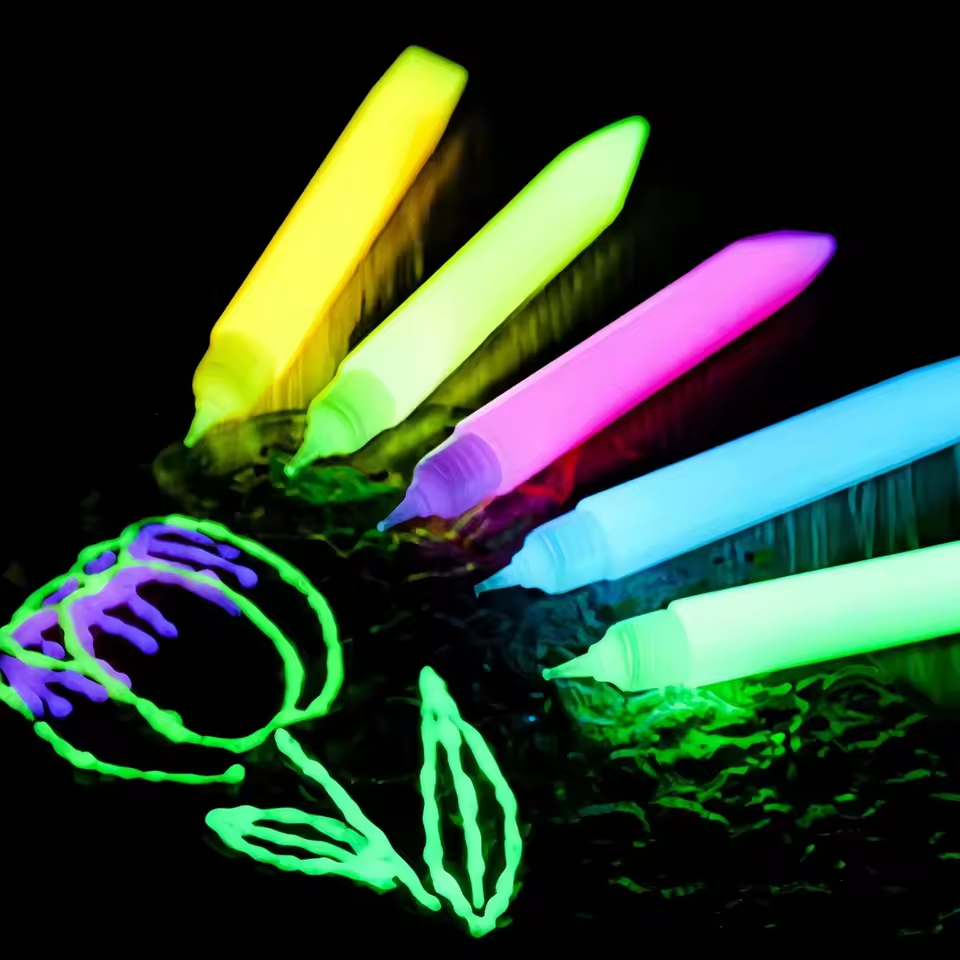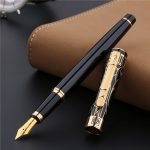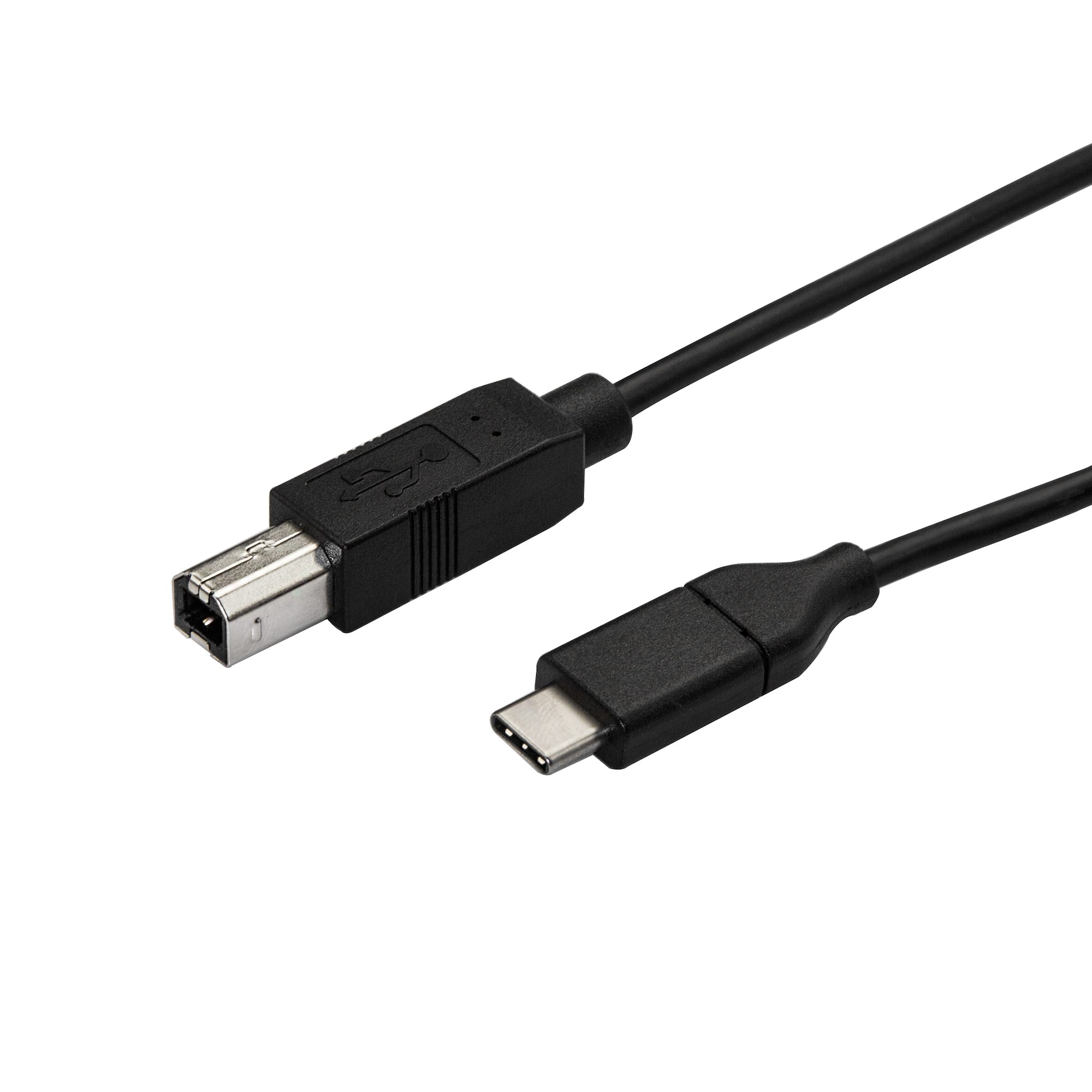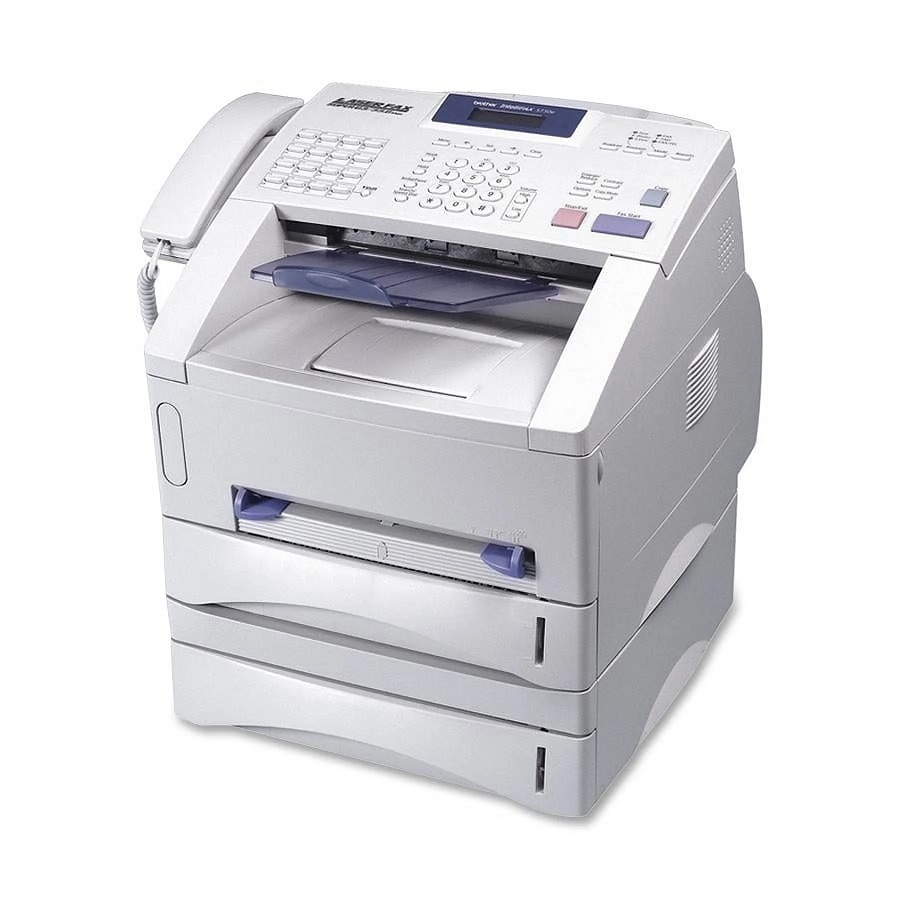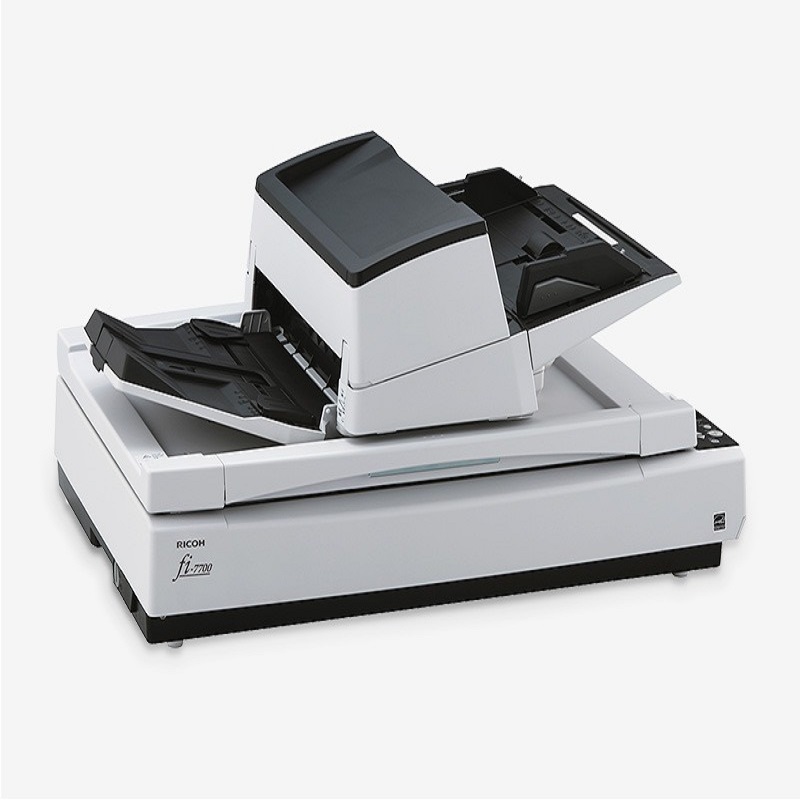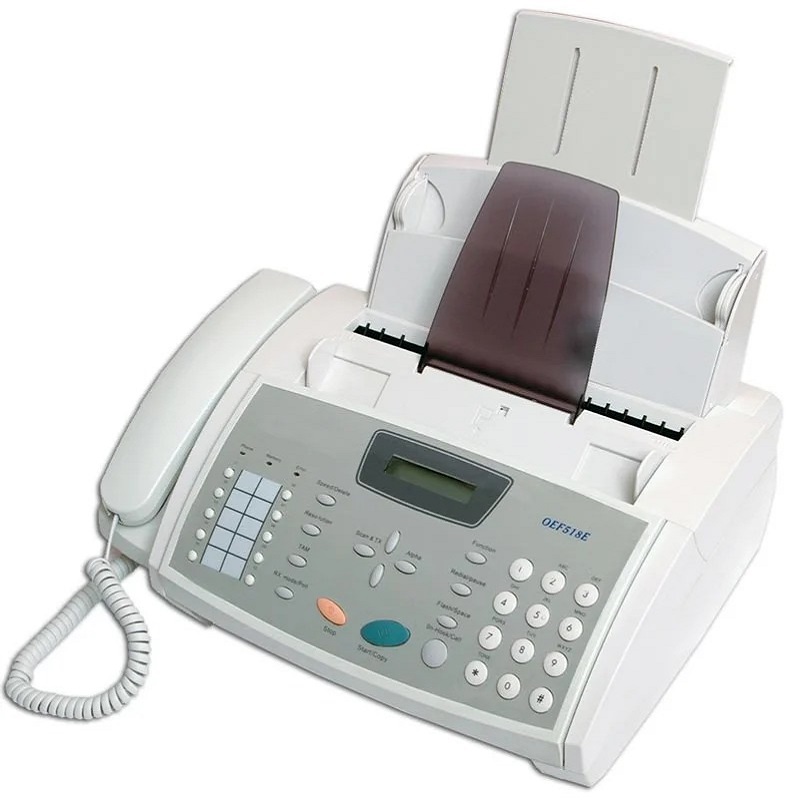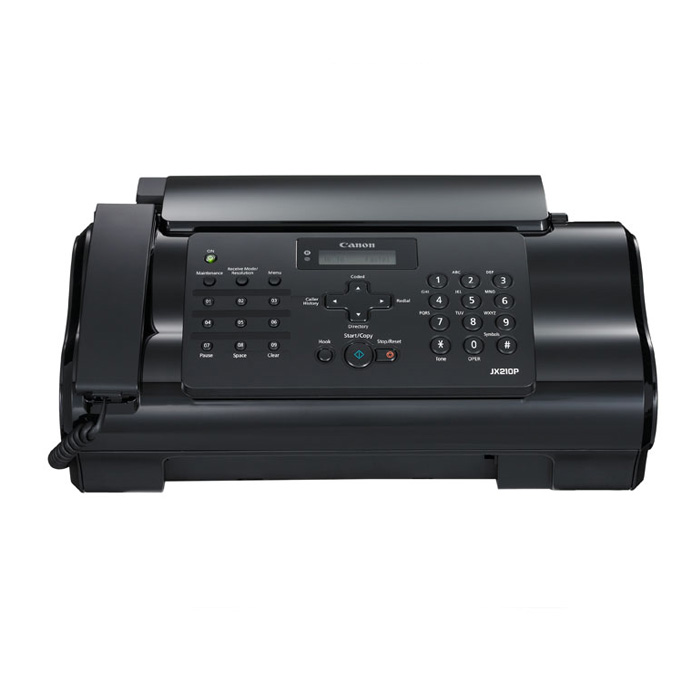Usb b connectors are commonly use in various devices, serving as a standard interface for data transfer and device connectivity. These connectors are typically larger and more durable than their counterparts, providing stability and reliability for a wide range of applications. In this comprehensive guide, we will explore the basics of using Type-B connectors. From connecting devices to understanding compatibility and troubleshooting tips, you will learn how to effectively utilize Type-B connectors. Let’s dive into the world of Type-B usage and unveil the secrets to seamless connectivity.
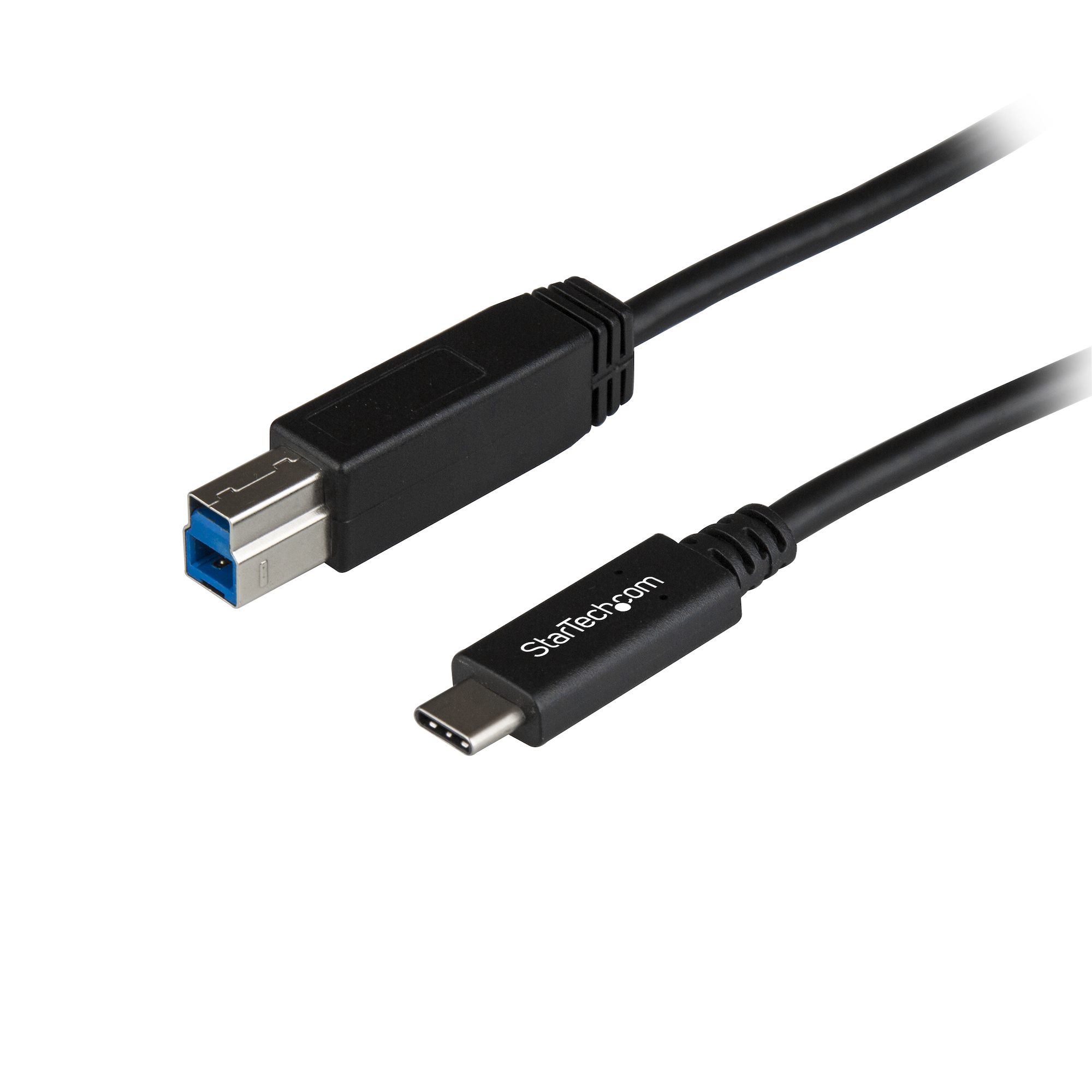
Understanding USB Type-B Connectors:
USB Type-B is a specific type of USB connector that is commonly found on peripheral devices, such as printers, scanners, external hard drives, and audio interfaces. It is design for connecting these devices to a host computer or a hub. USB Type-B connectors come in different versions, including 2.0, USB 3.0, and USB 3.1, each with varying data transfer speeds and capabilities. Familiarize yourself with the specific USB Type-B connector and its capabilities in the device you are using.
Connecting USB Type-B Devices:
To successfully use USB Type-B connectors, follow these general steps:
- Identify the USB Type-B port: Locate the Type-B port on your peripheral device. It is typically larger and squarer in shape than other connectors. You may find it on the back or side panel of the device.
- Plug in the USB Type-B cable: Align the Type-B cable connector with the port on the device. Insert the connector firmly into the port, ensuring a secure connection.
- Connect the other end of the cable: Depending on the requirements, connect the other end of the USB Type-B cable to a computer, hub, or an appropriate port that supports the corresponding USB specification (USB 2.0, USB 3.0, etc.).
- Wait for device recognition: Once the cable is connect, wait for the peripheral device to be recognize by the host computer. Depending on the device and computer settings, the operating system may automatically detect and install the necessary drivers.
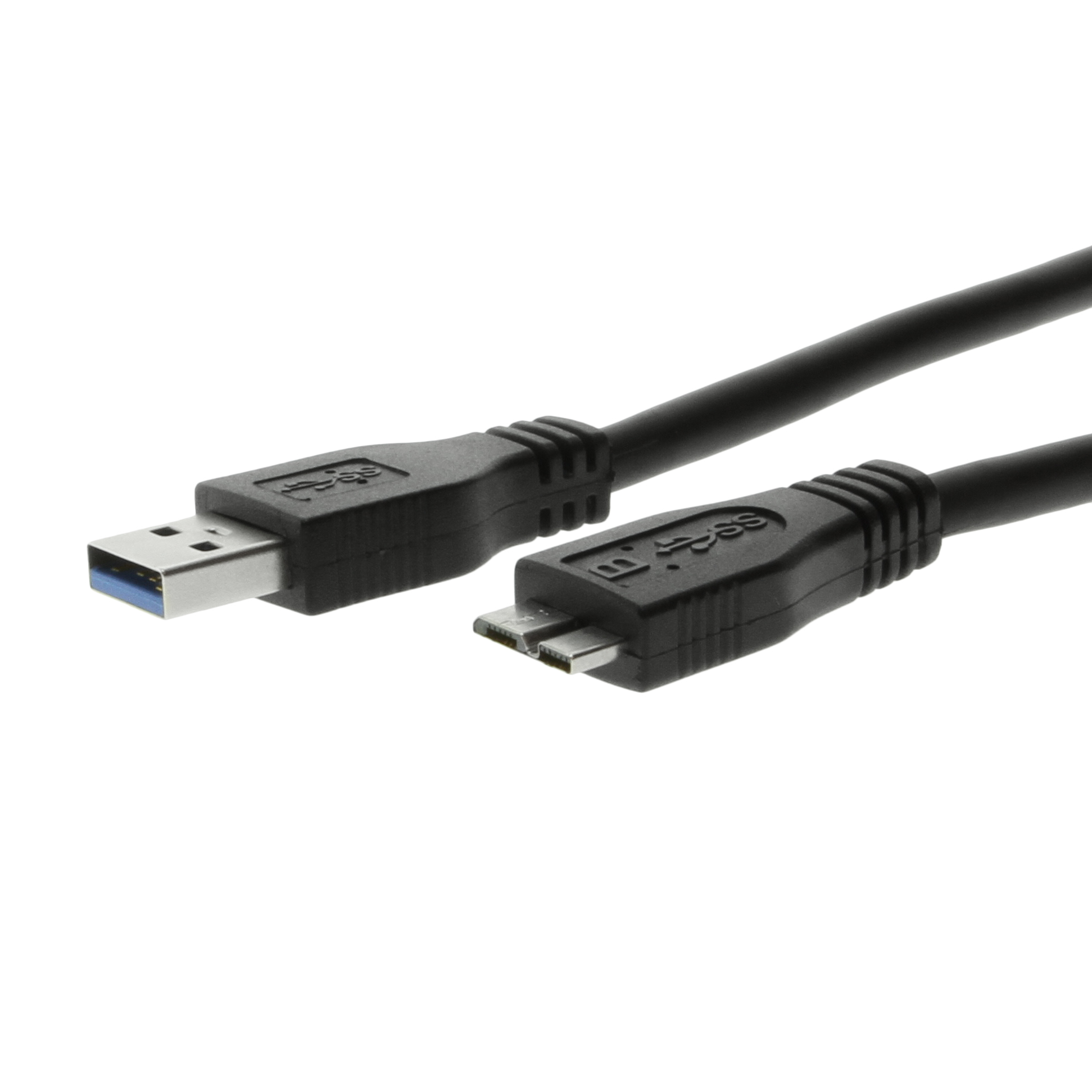
Compatibility and Speed Considerations:
Consider the following compatibility and speed considerations when using Type-B connectors:
- USB port compatibility: Ensure that the port you are connecting the Type-B cable to is compatible with the specification of the cable and the connect device ( 2.0, USB 3.0, etc.).
- Data transfer speeds: Type-B connectors support different data transfer speeds depending on the USB version. 2.0 provides a standard speed of up to 480 Mbps, while 3.0 offers a faster speed of up to 5 Gbps. 3.1 can reach up to 10 Gbps or higher. Check the device’s specifications and use compatible cables and ports to achieve optimal data transfer rates.
- hubs: If you need to connect multiple devices to a single port, consider using a hub with USB Type-B ports. Connect the Type-B cable from each device to the Type-B ports on the hub, then connect the hub to the computer or host device.
Troubleshooting USB Type-B Connections:
If you encounter issues with Type-B connections, consider these troubleshooting tips:
- Check cable integrity: Ensure that the Type-B cable is not damage, fray. Or excessively bent. Damage cables may result in poor or unstable connections.
- Restart or reconnect: If the peripheral device is not recognize by the computer. Try restarting both the device and the computer. If the problem persists, try disconnecting and reconnecting the USB cable.
- Update drivers: Visit the device manufacturer’s website or the computer’s support page and check for update drivers. Installing the latest drivers can help resolve compatibility issues. And ensure optimal device performance.
- Verify power supply: Some devices, such as printers or scanners. May require a separate power source. Ensure that the device is properly connect to a power outlet or has a functioning power supply.
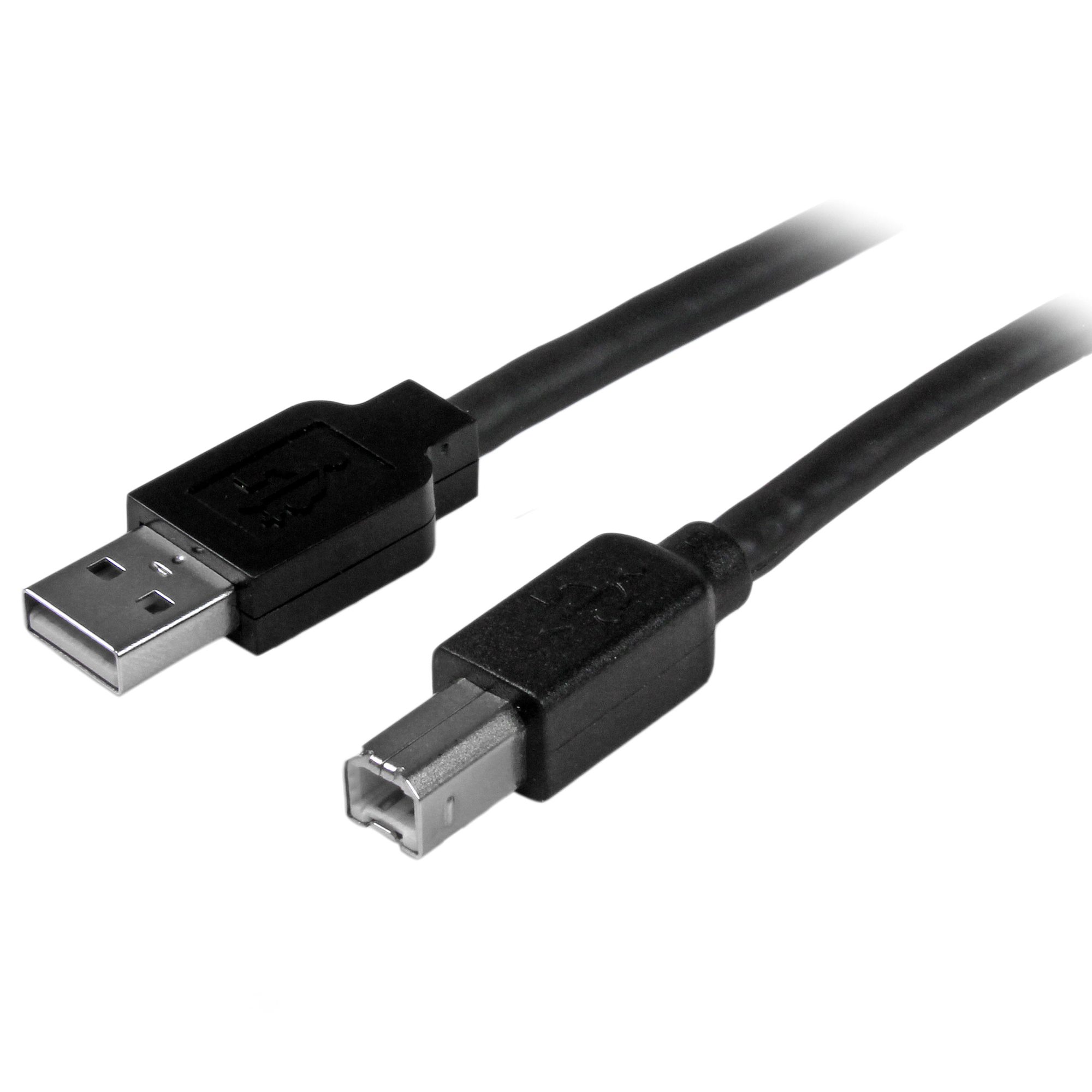
What are the models of usb b
USB Type-B connectors are widely use for various devices. Providing a reliable and standardize interface for data transfer and device connectivity. These connectors come in different forms, each designed for specific applications and devices.
2.0 Type-B:
USB 2.0 Type-B connectors are the early and widely use usb b connectors. They typically feature a rectangular shape with two distinct beveled edges on the top and bottom. USB 2.0 Type-B connectors are commonly found on printers, scanners, external hard drives. And other peripheral devices requiring a USB connection. They support data transfer speeds of up to 480 Mbps (megabits per second).
3.0 Type-B:
With the introduction of USB 3.0, a new Type-B connector was develop to accommodate the increased data transfer speeds and functionality. USB 3.0 Type-B connectors have a larger size and feature an extra set of pins for SuperSpeed data transfer. They often have a square shape with round corners and are commonly found on external hard drives. High-speed printers, and other devices that benefit from the faster USB 3.0 data transfer rates of up to 5 Gbps (gigabits per second).
3.1 Type-B:
USB 3.1 Type-B connectors are an evolution of USB 3.0 Type-B connectors, offering even higher data transfer speeds and improved functionality. USB 3.1 Type-B connectors feature a symmetrical trapezoidal shape with rounded corners and are backward compatible with USB 3.0 and USB 2.0 standards. 3.1 Type-B connectors support data transfer rates of up to 10 Gbps or higher, making them ideal for high-speed devices and applications that require increased bandwidth.
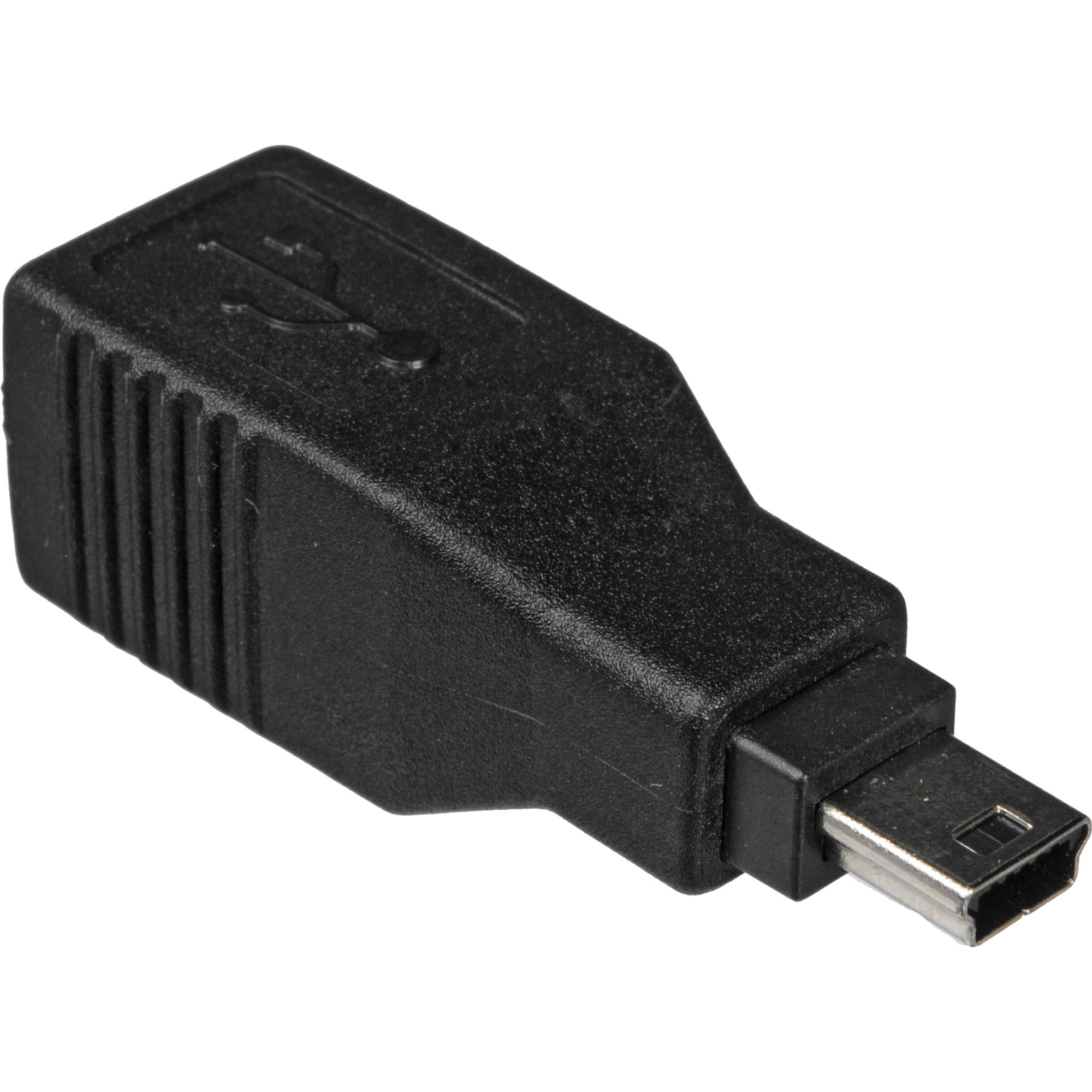
Type-B Mini:
Type-B Mini connectors are an older version of Type-B connectors that are smaller in size. They come in two variations:
- 2.0 Type-B Mini: This connector features a rectangular shape with rounded corners and is commonly found on older digital cameras, MP3 players, and other portable devices that support 2.0 connectivity.
- 3.0 Type-B Mini: Similar in appearance to the 2.0 Type-B Mini, this variant includes extra pins for SuperSpeed data transfer. 3.0 Type-B Mini connectors offer faster data transfer speeds up to 5 Gbps and are found on certain newer portable devices.
Conclusion:
Type-B connectors provide a reliable. And widely-used interface for connecting peripheral devices to computers and hubs. By understanding the basics of using Type-B connectors. Including proper connection techniques, compatibility considerations. And troubleshooting tips, you can confidently connect and integrate your devices. From printers to external hard drives. Type-B connectors offer a convenient means of data transfer and device connectivity. By mastering the usage of Type-B connectors. You can effectively harness their capabilities and streamline your digital workflows with ease.



